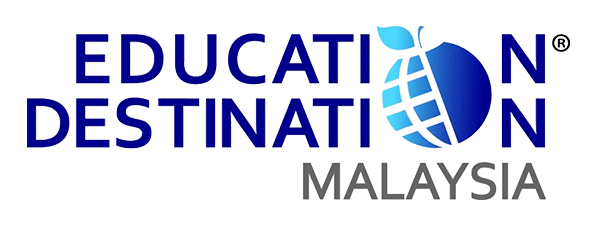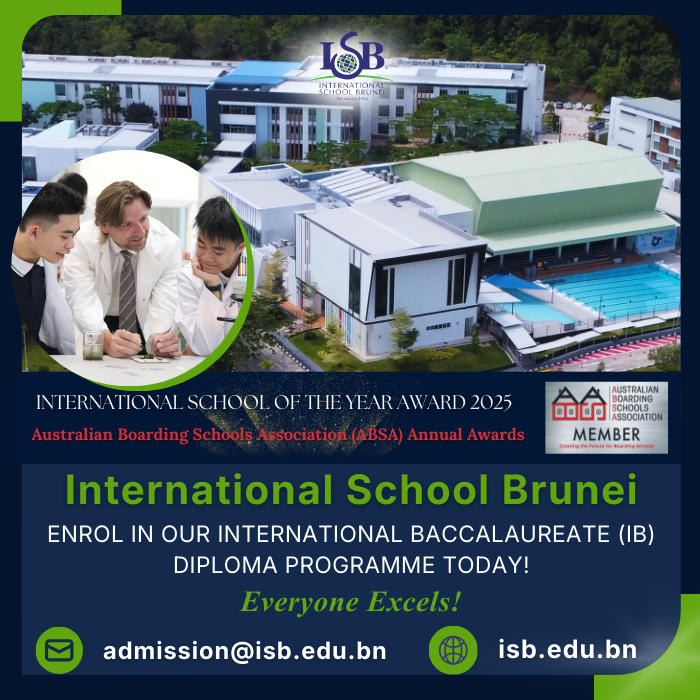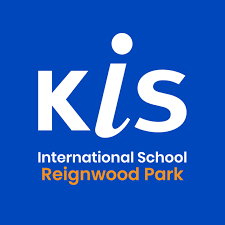What is a Secondary School?
A secondary school or Myanmar high school is defined as an institution offering a secondary school education after primary school. Secondary school education is compulsory for students in most countries to prepare them for higher education in the future.
A typical secondary school education lasts for at least five years. The age of an average secondary school student is 13 years old and they will receive a secondary school education until the age of 17 or 18 before pursuing pre-university studies.
What is the Best Age to Start Secondary School in Myanmar?
Students in Myanmar enter secondary school at age 12. Secondary school education in Myanmar consists of Middle School and High School levels. Students are enrolled in Middle School from the ages of 12 to 16, where they complete Grade 6 to 9. They will move on to High School after passing the Basic Education Standard VIII Examination. Students are enrolled in High School from the ages of 17 to 19, where they complete Grades 10 and 11.
On the other hand, the beginning of international secondary schools in Myanmar depends on the curriculum offered by the respective schools. Schools that follow the British Curriculum Secondary levels consist of KS3 (Ages 11 to 14) and KS4 (Ages 14 to 16). Students will typically sit for the (I)GCSE examinations at the end of KS4 at age 16. The curriculum aims to hone students’ higher order thinking skills and encourage independent learning as they prepare for the (I)GCSE examinations. At pre-university level, students can also go through KS5 from the ages of 16 to 18.
For the American Curriculum, students aged 11 to 14 progress to Middle School which covers Grade 6 to Grade 8. They then move on to High School until the age of 18 to complete Grade 9 to Grade 12. The core subjects at each level are English language, arts, mathematics, science and social studies. In addition, students are exposed to visual and performing arts, foreign languages, physical education and technology.
Myanmar Secondary School Curriculum
Students about to enter secondary school in Myanmar can choose to pursue either the arts or science stream. Compulsory subjects all secondary school students have to take are Burmese, English, and Mathematics. Students in the science stream need to take Chemistry, Physics and Biology as part of their coursework. On the other hand, art stream students have to take Geography, History and Economics. In order to receive their diplomas, students must sit for the Education Standard 10 Examination where they will be granted Diploma A or Diploma B. Only Diploma A holders are eligible to enter university. The University Entrance Examinations administered by the Myanmar Board of Examinations are held in mid-March annually.
Secondary Schools in Myanmar
Parents have many options when it comes to secondary schools in Myanmar. There are approximately 2,000 secondary schools in Myanmar.
How Do You Apply to Secondary Schools in Myanmar?
Parents who are interested in enrolling their children in international schools can contact the school directly for application purposes. Generally, the international school application process involves payment of registration fee and assessment test. If the child meets all requirements, parents would need to pay an admission fee and deposit for successful enrolment.
What are the Average Fees for Secondary School in Myanmar?
Secondary school education in Myanmar is not completely free but affordable. Secondary schools still charge a variety of supplementary fees, ranging from maintenance levies to fees for the acquisition of books and uniforms.
Like the majority of international schools across Asia, each international secondary school in Myanmar has a unique fee structure. Annual tuition fees make up for a bulk of the school’s fee structure. These fees do not include fees for application, registration and deposit. Parents should also take note of the hidden fees such as building development fee, transport fee and the cost for school supplies and uniforms.
References

































